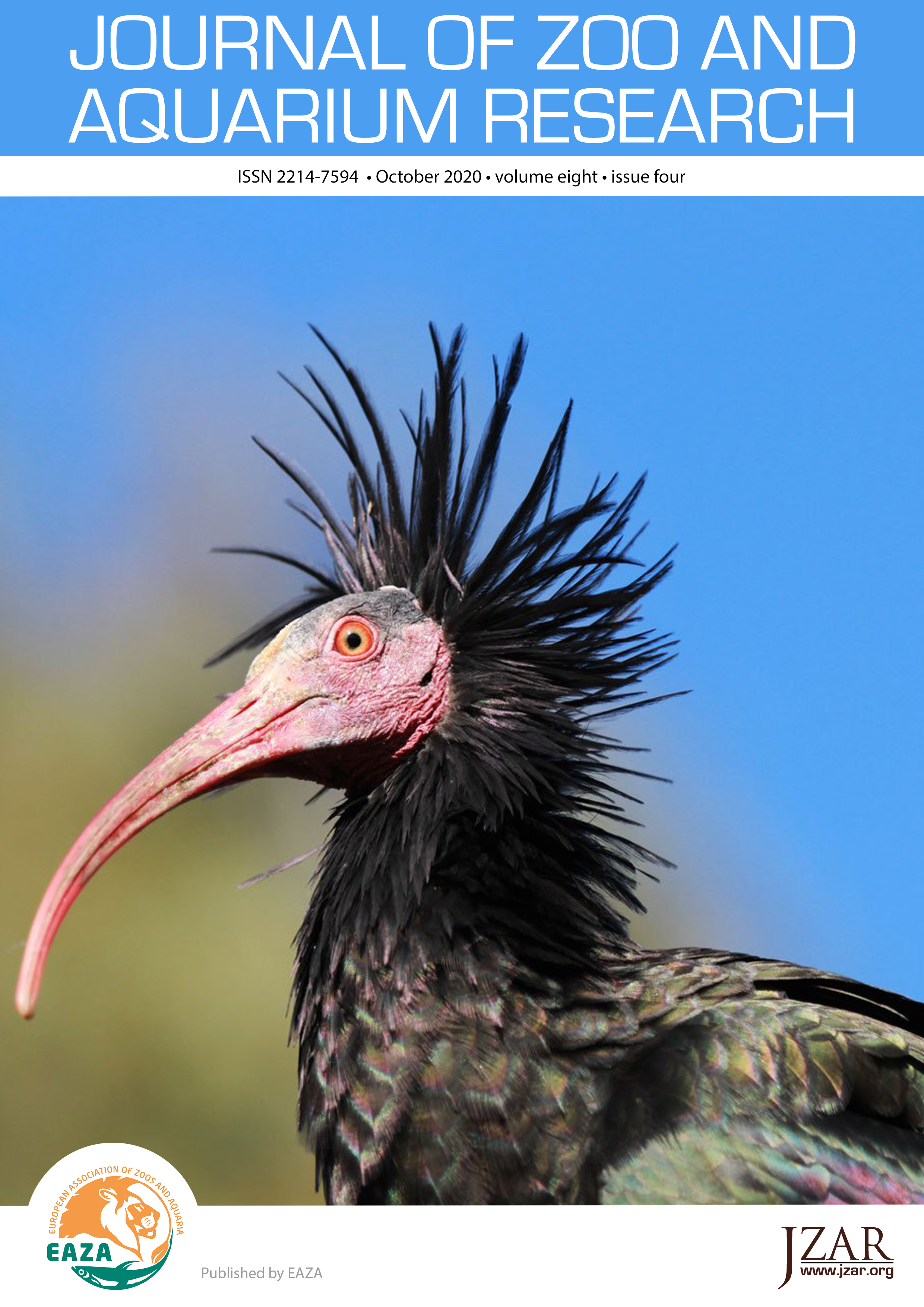Virtual Reality in the Zoo: A Qualitative Evaluation of a Stereoscopic Virtual Reality Video Encounter with Little Penguins (Eudyptula minor)
DOI:
https://doi.org/10.19227/jzar.v8i4.500Keywords:
Virtual Reality, Stereoscopic Video, Digital Technologies, Immersion, Presence, Conservation EducationAbstract
Encounters between animals and humans in zoos and aquariums are being increasingly enhanced, mediated and extended using digital technologies. This article presents the results of research into the design, use and experience of stereoscopic (3D) 180o film viewed via a Virtual Reality (VR) headset at the zoo. This technology has recently emerged as an affordable consumer device with increasing uptake in education and museums. Drawing on research methodologies from the field of human-computer interaction, this project followed a ‘research-through-design’ approach, which sought to discover more about the potential of VR technologies in the zoo generally, through the process of designing a particular installation. This paper reports on the results of a qualitative interview-based study into zoo visitor experiences of using a specific VR installation, a 5-min video encounter that combined footage shot inside the little penguin Eudyptula minor enclosure during feeding, and behind-the-scenes preparation of food, with narration by the zookeeper in each scene. It was found that visitors had positive attitudes towards the use of VR video in the zoo as an addition to the experience of seeing live animals. The paper further discusses the specific opportunities for VR video via the key themes that emerged in the qualitative evaluation: cognitive immersion, emotional immersion, physical presence and social presence. This paper therefore supports further investigation of VR video as a form of visitor experience to be deployed alongside keeper talks, animal presentations and behind-the-scenes experiences, with clear opportunities for positive visitor experience, conservation caring, and ensuring the welfare of animals in captivity in zoos.
Downloads
Published
How to Cite
Issue
Section
License
JZAR fulfils the DOAJ definition of open access and provides free and open access to the full text of all content without delay under a Creative Commons licence. The copyright holder of JZAR publications grants usage rights to third parties, allowing for immediate free access to the work and permitting any user to read, download, copy, distribute, print, search, or link to the full texts of articles.







